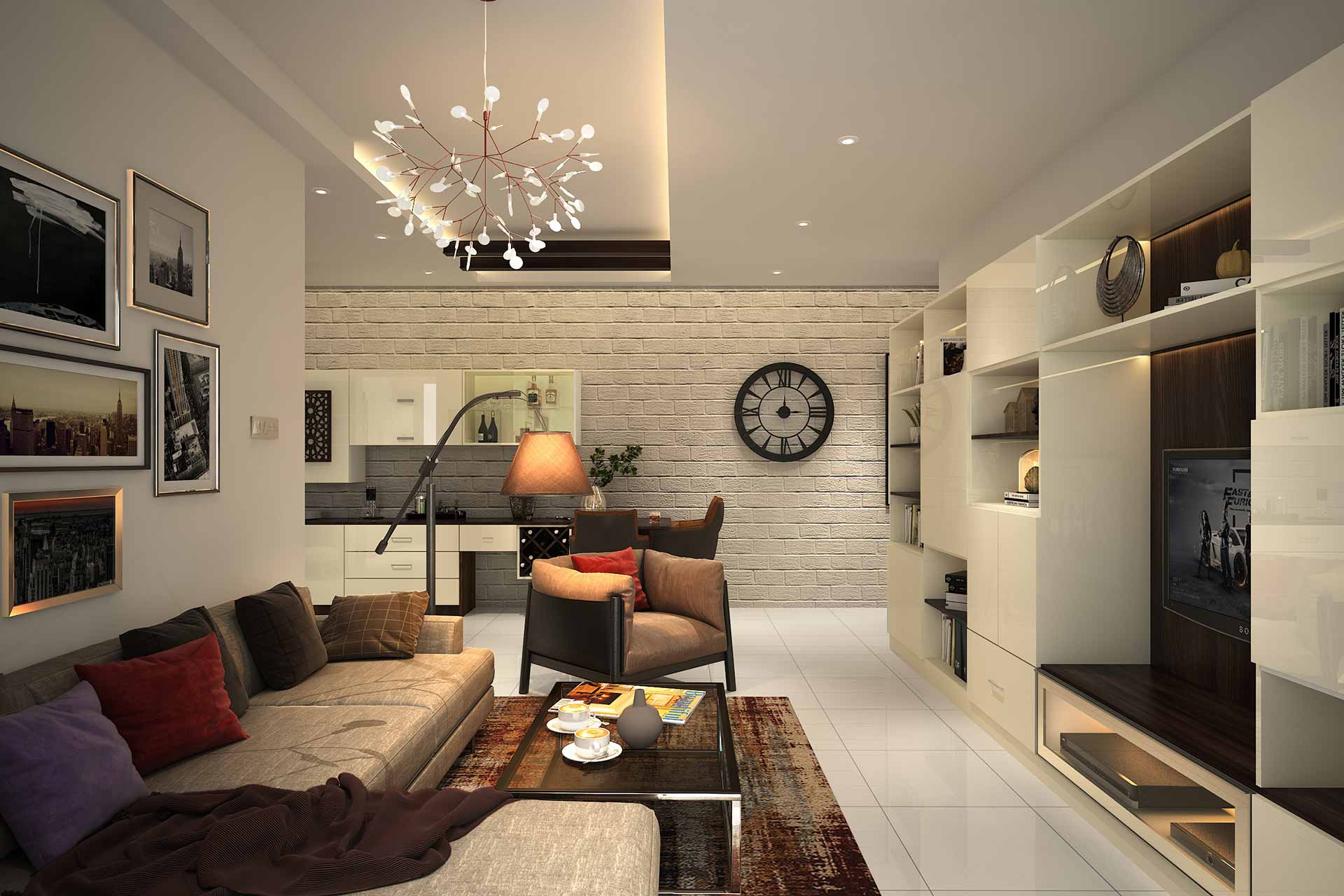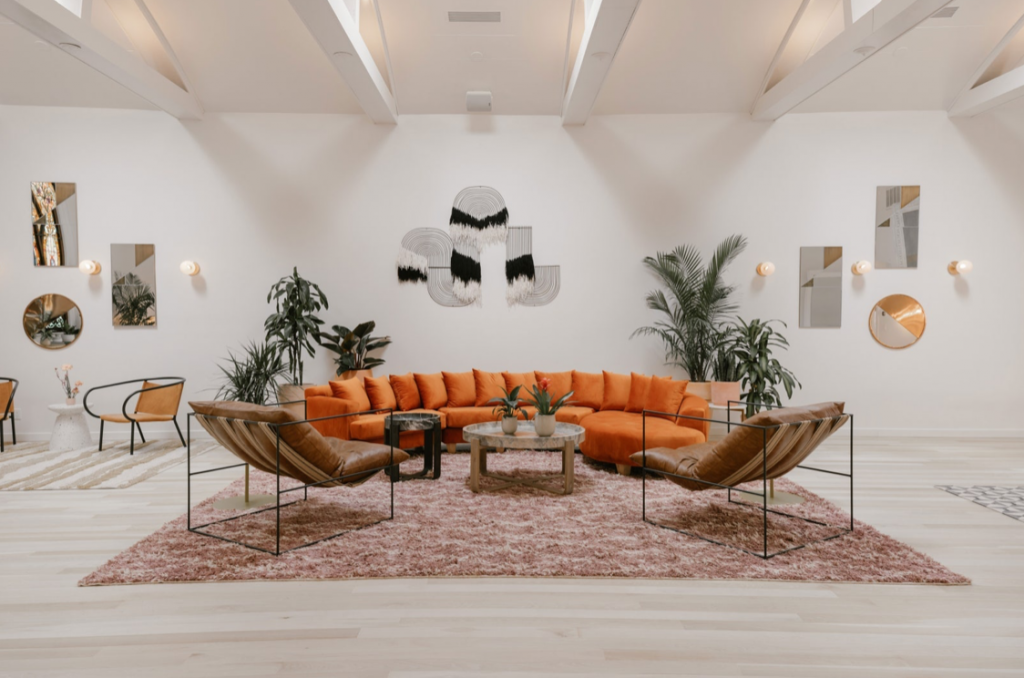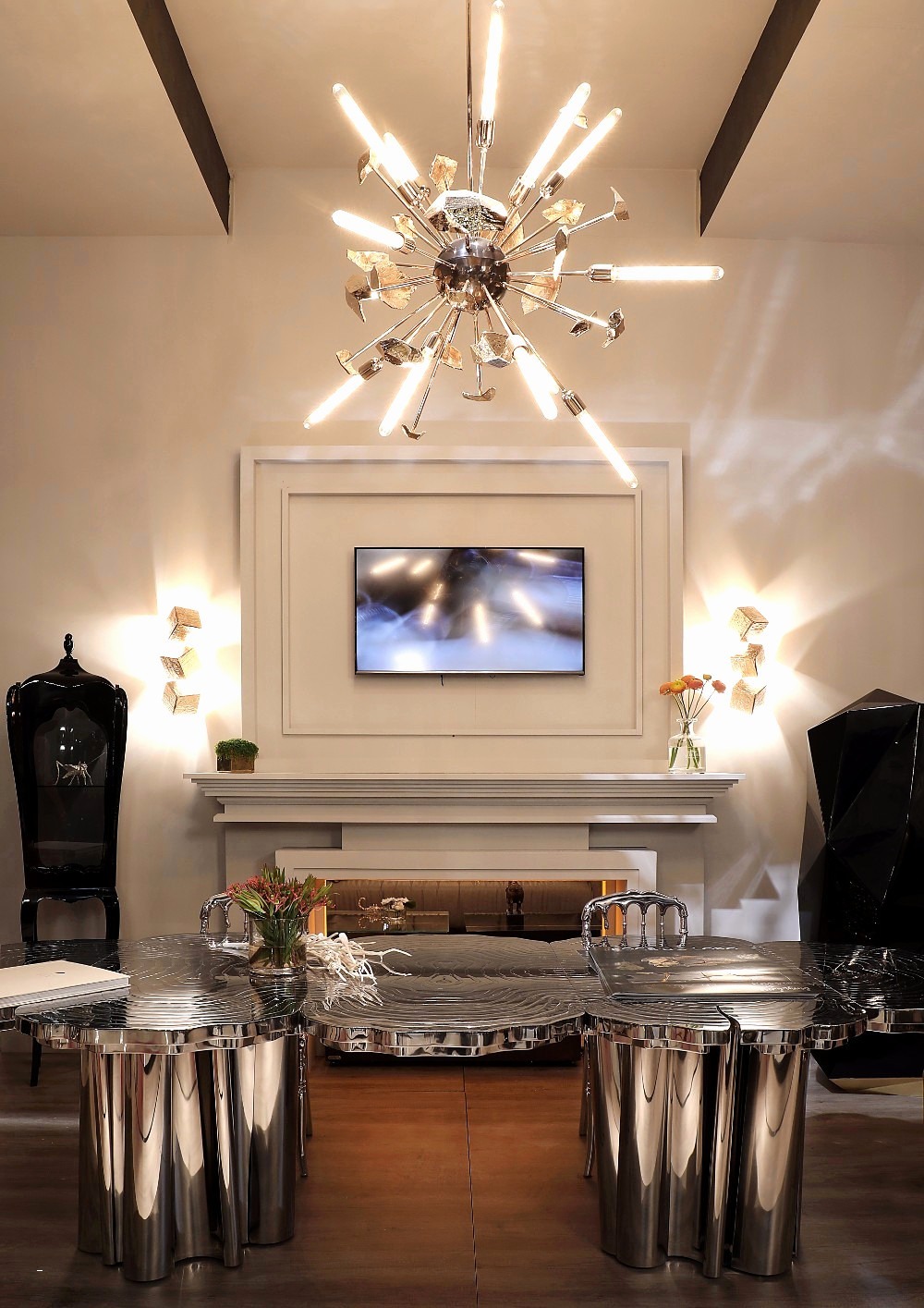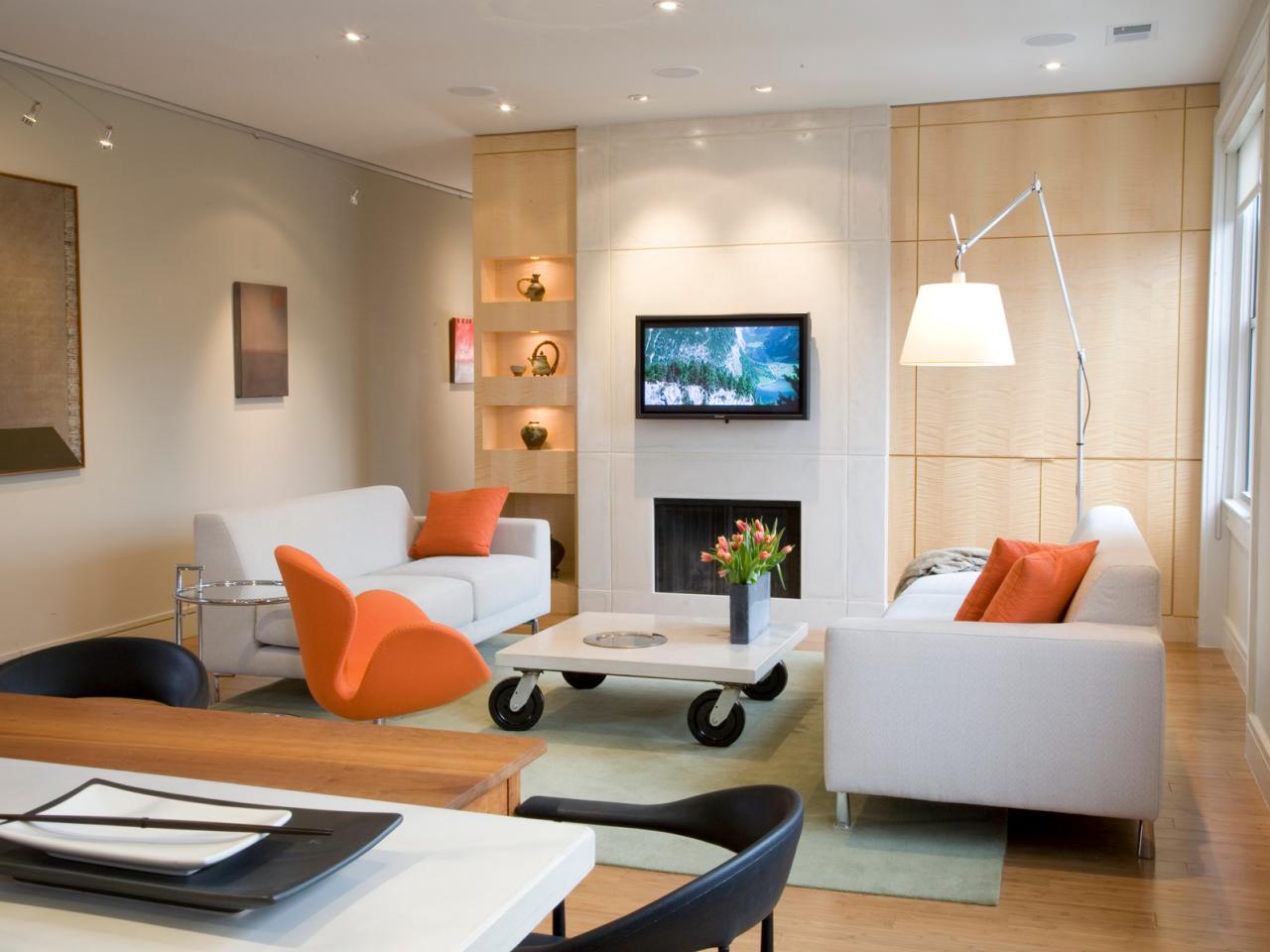Creating the perfect lighting for a living room scene is essential in setting the right mood and ambiance. Whether you are relaxing with a book, watching a movie, or entertaining guests, having the right lighting is crucial for creating a cozy and inviting atmosphere. In this article, we will discuss the top 10 tips for lighting a living room scene like a pro.Lighting Design for a Cozy Living Room Scene
When it comes to lighting a living room scene, it's all about layering. This means using a combination of different types of lighting to achieve the desired effect. The three main types of lighting are ambient, task, and accent lighting. Ambient lighting provides overall illumination for the room and sets the baseline for the lighting design. Task lighting is used for specific activities such as reading or working on a laptop, while accent lighting is used to highlight certain features or objects in the room.How to Create the Perfect Lighting for Your Living Room Scene
1. Start with natural light: Natural light is a great way to brighten up a living room and create a warm and welcoming atmosphere. Make the most of any windows in the room by keeping them clean and using light-colored curtains or blinds to allow as much natural light in as possible. 2. Use a variety of light sources: As mentioned earlier, layering is key. Don't rely on just one overhead light fixture. Use a combination of table lamps, floor lamps, and wall sconces to create a more dynamic and inviting space. 3. Consider the purpose of the room: The lighting design for a living room where you watch TV will be different from a room where you entertain guests. Think about the main activities that will take place in the room and plan the lighting accordingly. 4. Use dimmers: Dimmers are a great way to control the level of light in the room and create different moods. They also help to save energy and extend the lifespan of your light bulbs. 5. Mix warm and cool light: Using a mix of warm and cool light sources can add depth to a living room scene. Warm light creates a cozy and intimate atmosphere, while cool light can be used for task lighting or to add a touch of modernity. 6. Avoid harsh overhead lighting: Overhead lighting can be harsh and unflattering. Instead, opt for softer, indirect lighting such as wall sconces or floor lamps to create a more inviting and comfortable space. 7. Consider the color temperature: The color temperature of light is measured in Kelvin. Warm light has a lower color temperature, while cool light has a higher color temperature. For a living room, it's best to stick to a color temperature between 2700-3000K to create a warm and inviting atmosphere. 8. Use lighting to highlight features: Accent lighting can be used to highlight certain features in the room, such as a piece of artwork or a fireplace. This adds visual interest and draws the eye to specific areas of the room. 9. Don't forget about the corners: Corners are often overlooked when it comes to lighting a room. Use floor lamps or wall sconces to brighten up these dark and unused spaces. 10. Pay attention to the light bulbs: The type of light bulbs you use can make a big difference in the overall lighting design. LED bulbs are energy-efficient and have a longer lifespan, while incandescent bulbs provide warm, natural light. Consider the purpose and mood you want to create when choosing light bulbs.Tips for Lighting a Living Room Scene Like a Pro
Lighting is an essential element in any living room scene. It not only provides illumination but also sets the mood and atmosphere for the space. A well-lit living room can make all the difference in creating a comfortable and inviting environment.The Importance of Lighting in a Living Room Scene
When it comes to choosing the right lighting fixtures for your living room, it's important to consider both form and function. You want fixtures that not only provide adequate lighting but also complement the style and decor of the room. For a cozy living room, consider using warm-colored lampshades or light fixtures with soft, diffused lighting. For a more modern look, opt for sleek and minimalist fixtures. Don't be afraid to mix and match different styles to create a unique and personalized lighting design.Choosing the Right Lighting Fixtures for Your Living Room Scene
Lighting plays a crucial role in creating ambiance in a living room scene. By using a combination of different lighting sources, you can easily adjust the mood and atmosphere of the room. For a romantic evening, dim the lights and use candles or soft accent lighting. For a lively gathering, turn up the lights and use brighter, more vibrant lighting.Creating Ambiance with Lighting in a Living Room Scene
Natural light is a beautiful and free source of illumination that can enhance any living room scene. To make the most of natural light, it's important to keep windows clean and unobstructed. Avoid heavy or dark curtains that block out natural light. Instead, opt for sheer or light-colored curtains that allow light to filter through.How to Use Natural Light in a Living Room Scene
Accent lighting is a great way to add depth and dimension to a living room scene. Use it to highlight architectural features, artwork, or special decor pieces. You can also use accent lighting to create a focal point in the room and draw attention to a specific area.Enhancing Your Living Room Scene with Accent Lighting
Dos: - Do layer your lighting to create a more dynamic and inviting space. - Do use a mix of warm and cool light to add depth and interest. - Do consider the purpose of the room when planning the lighting design. - Do use natural light whenever possible. - Do choose light fixtures that complement the style and decor of the room. - Do use dimmers to control the level of light and create different moods. Don'ts: - Don't rely on just one overhead light fixture. - Don't use harsh overhead lighting. - Don't forget about the corners of the room. - Don't use light bulbs with a high color temperature in a living room.The Dos and Don'ts of Lighting a Living Room Scene
- Placing all the light fixtures on one side of the room, creating an unbalanced and uneven lighting design. - Using light fixtures that are too bright or too dim for the space. - Using too many different types of lighting, creating a cluttered and confusing look. - Not considering the color temperature of the light bulbs used. In conclusion, lighting is a crucial element in creating a cozy and inviting living room scene. By following these tips and avoiding common mistakes, you can create the perfect lighting design that enhances the overall ambiance and mood of your living room. Remember to use a variety of light sources, mix warm and cool light, and pay attention to the purpose and style of the room. With these tips, you can light up your living room like a pro.Common Mistakes to Avoid When Lighting a Living Room Scene
Lighting a Living Room Scene: Creating the Perfect Ambience for Your Home

The Importance of Lighting in House Design
 When it comes to designing a house, lighting plays a crucial role in not only illuminating the space but also creating a certain mood and atmosphere. In particular, the living room is the heart of a home and the place where families and friends gather to relax and socialize. Thus, it is essential to have proper lighting in this room to enhance its functionality and aesthetics. In this article, we will discuss the key factors to consider when lighting a living room scene to achieve the perfect ambience for your home.
When it comes to designing a house, lighting plays a crucial role in not only illuminating the space but also creating a certain mood and atmosphere. In particular, the living room is the heart of a home and the place where families and friends gather to relax and socialize. Thus, it is essential to have proper lighting in this room to enhance its functionality and aesthetics. In this article, we will discuss the key factors to consider when lighting a living room scene to achieve the perfect ambience for your home.
Understanding the Different Types of Lighting
/living-room-lighting-ideas-4134256-01-2f070b6071444f1197ad5ca56d9e6678.jpg) Before diving into the specifics of lighting a living room, it is important to understand the different types of lighting and their purposes. Ambient, task, and accent lighting are the three main categories of lighting that work together to create a well-lit space. Ambient lighting provides overall illumination for the room, task lighting focuses on specific areas for tasks such as reading or cooking, and accent lighting adds depth and visual interest to the room.
Before diving into the specifics of lighting a living room, it is important to understand the different types of lighting and their purposes. Ambient, task, and accent lighting are the three main categories of lighting that work together to create a well-lit space. Ambient lighting provides overall illumination for the room, task lighting focuses on specific areas for tasks such as reading or cooking, and accent lighting adds depth and visual interest to the room.
Consider Natural Light Sources
 The first step in lighting a living room scene is to take advantage of natural light sources. Natural light not only helps to reduce energy costs but also adds a warm and welcoming feel to the room. If possible, position your living room in a way that allows for ample natural light to enter the space. You can also strategically place mirrors to reflect natural light and make the room appear brighter and more spacious.
The first step in lighting a living room scene is to take advantage of natural light sources. Natural light not only helps to reduce energy costs but also adds a warm and welcoming feel to the room. If possible, position your living room in a way that allows for ample natural light to enter the space. You can also strategically place mirrors to reflect natural light and make the room appear brighter and more spacious.
Choose the Right Fixtures
 When selecting light fixtures for your living room, consider the style and function of the room. Chandeliers and pendant lights are popular choices for ambient lighting, while table lamps and floor lamps are perfect for task lighting. For accent lighting, wall sconces and track lighting can be used to highlight artwork or architectural features. It is important to choose fixtures that not only provide adequate lighting but also complement the overall design of your living room.
When selecting light fixtures for your living room, consider the style and function of the room. Chandeliers and pendant lights are popular choices for ambient lighting, while table lamps and floor lamps are perfect for task lighting. For accent lighting, wall sconces and track lighting can be used to highlight artwork or architectural features. It is important to choose fixtures that not only provide adequate lighting but also complement the overall design of your living room.
Utilize Dimmers and Layers of Light
 To create a layered and versatile lighting scheme, it is crucial to incorporate dimmers into your living room lighting plan. Dimmers allow you to control the intensity of light and create different moods and ambiances. In addition, using a combination of ambient, task, and accent lighting will add depth and dimension to the room, making it more visually appealing.
To create a layered and versatile lighting scheme, it is crucial to incorporate dimmers into your living room lighting plan. Dimmers allow you to control the intensity of light and create different moods and ambiances. In addition, using a combination of ambient, task, and accent lighting will add depth and dimension to the room, making it more visually appealing.
Final Thoughts
 Properly lighting a living room scene is essential for creating a comfortable, functional, and aesthetically pleasing space. By understanding the different types of lighting, utilizing natural light sources, choosing the right fixtures, and incorporating dimmers and layers of light, you can achieve the perfect ambience for your home. So, take your time and carefully plan your living room lighting to create a welcoming and inviting space that you and your loved ones can enjoy.
Properly lighting a living room scene is essential for creating a comfortable, functional, and aesthetically pleasing space. By understanding the different types of lighting, utilizing natural light sources, choosing the right fixtures, and incorporating dimmers and layers of light, you can achieve the perfect ambience for your home. So, take your time and carefully plan your living room lighting to create a welcoming and inviting space that you and your loved ones can enjoy.






























:max_bytes(150000):strip_icc()/living-room-lighting-ideas-4134256-01-2f070b6071444f1197ad5ca56d9e6678.jpg)















:max_bytes(150000):strip_icc()/GettyImages-1158459651-c796775e71e5498d955dab3fe0ed2add.jpg)
















































